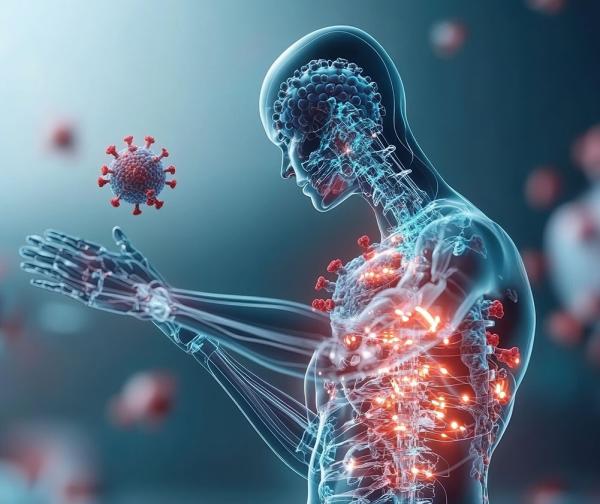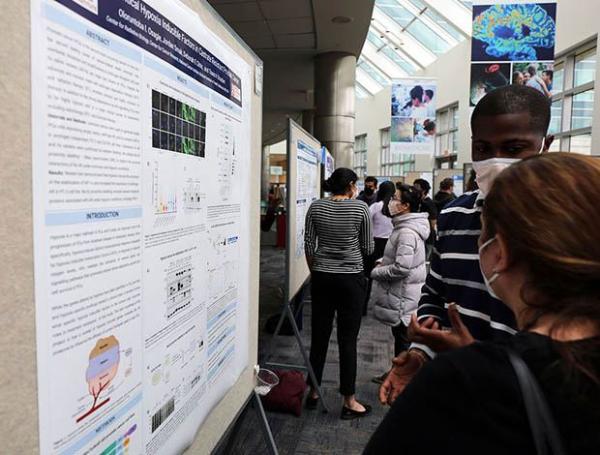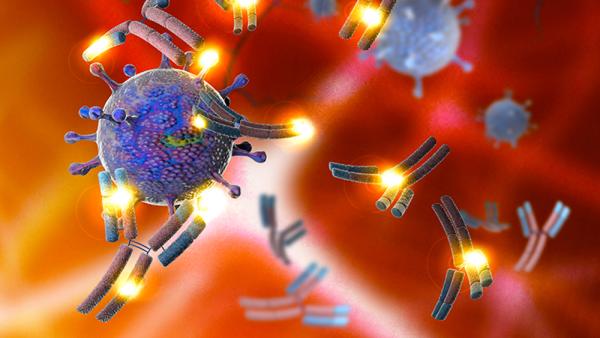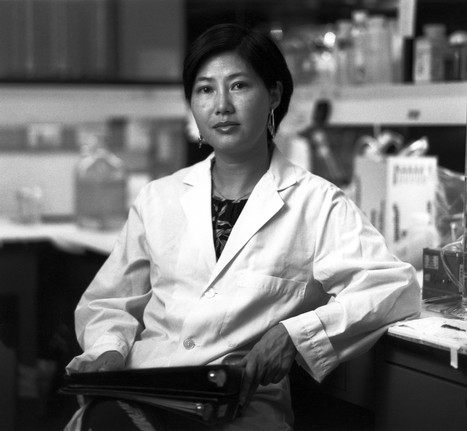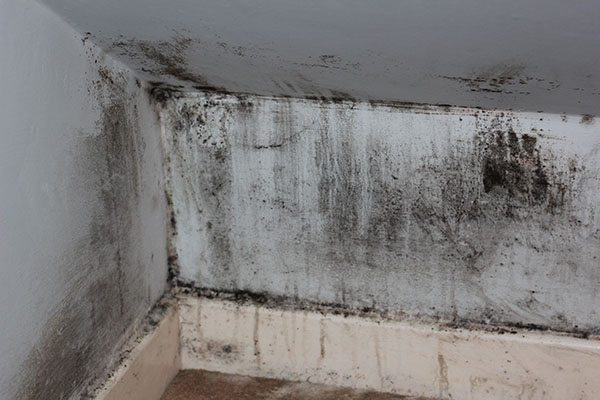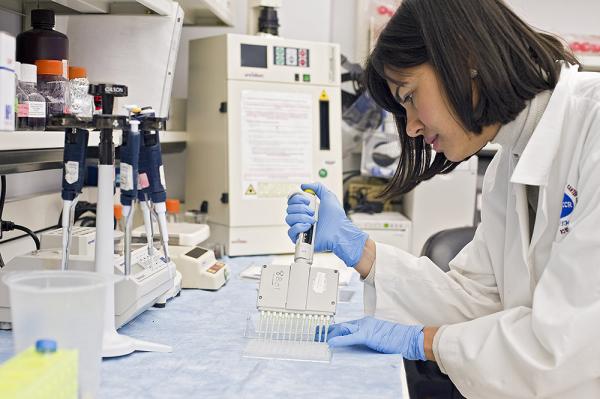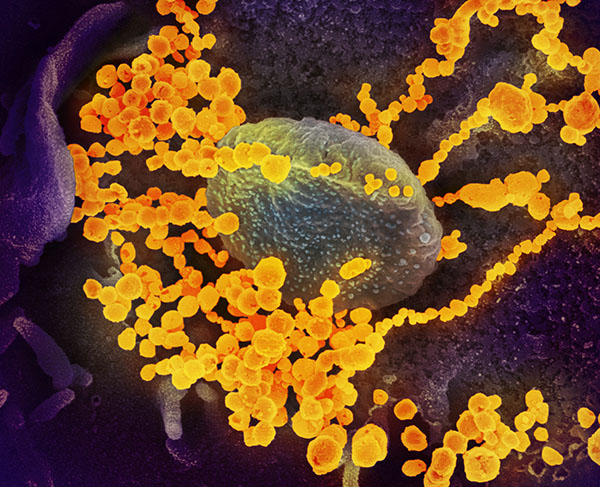COVID-19 Causes Persistent Protein Perturbations
New IRP Research Hints at Possible Culprits Behind Long-COVID
Nearly five years after COVID-19 first raged across the United States, most people have some immunity to the disease through vaccination or a prior infection. However, COVID not only remains a continued threat to vulnerable individuals, but also has saddled some patients with lasting symptoms. New IRP research provides a starting point for better understanding that ‘long-COVID’ phenomenon by identifying an array of substances in the blood whose levels are abnormal months after people catch the illness.

